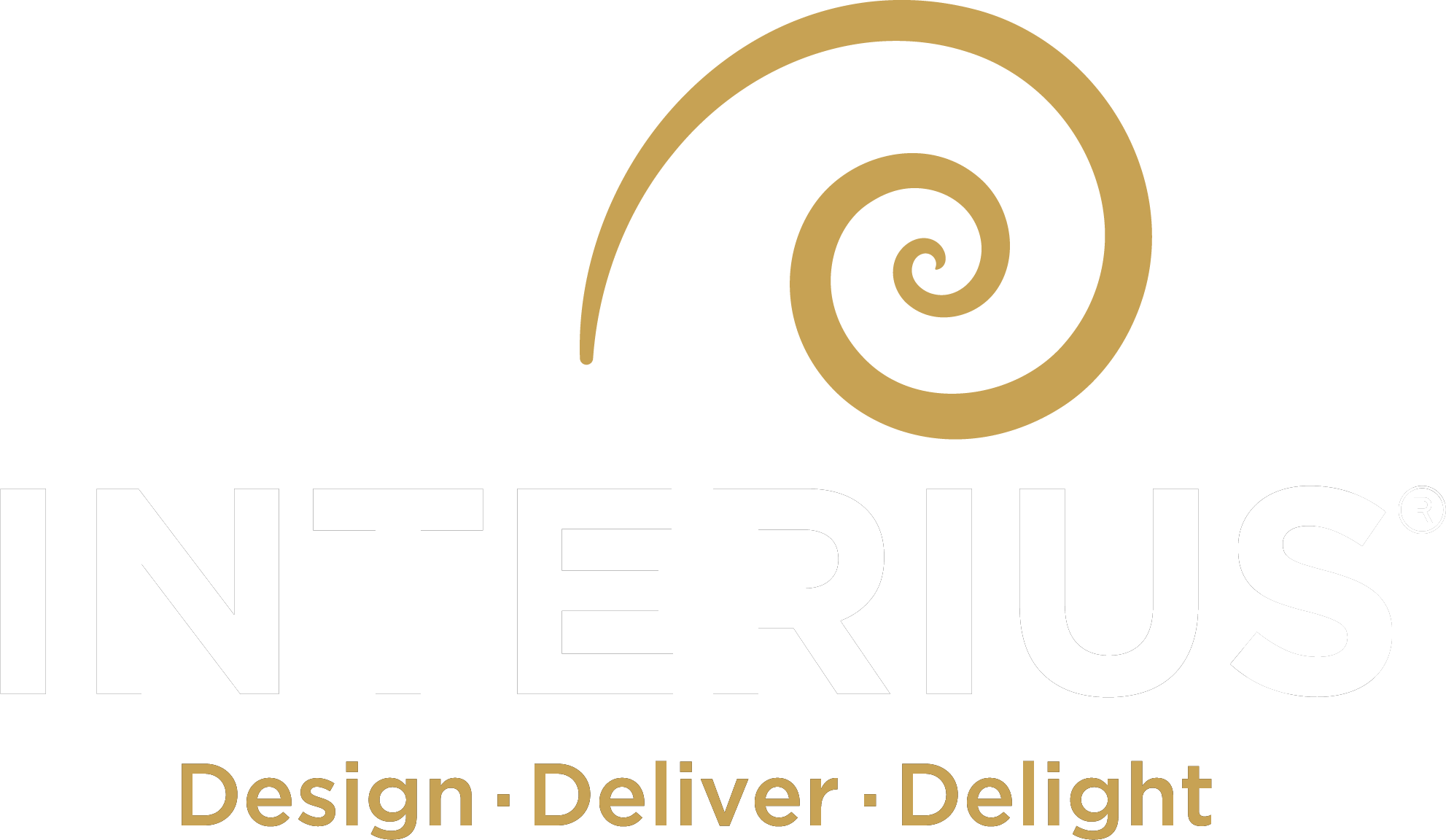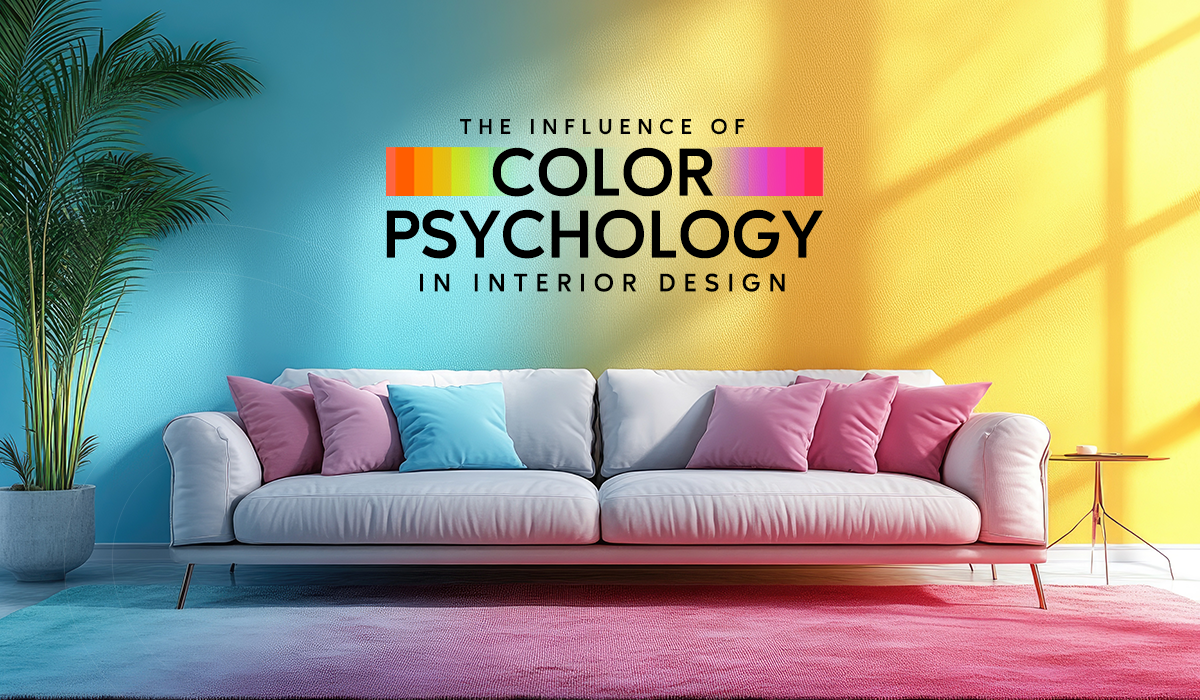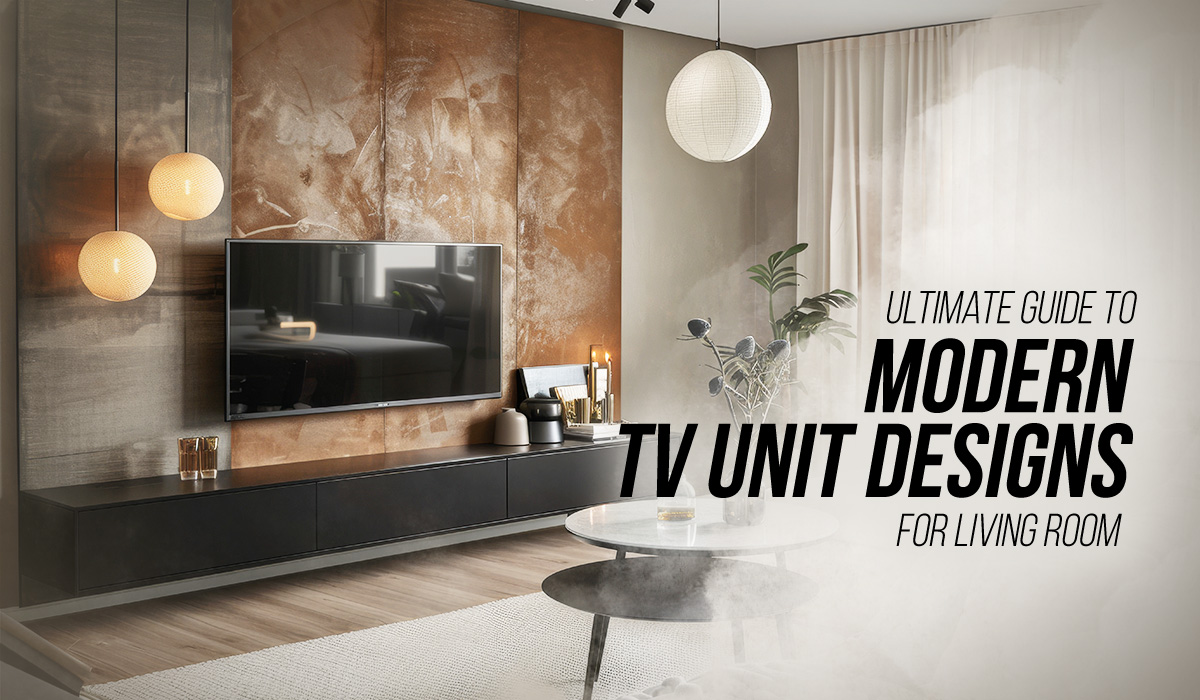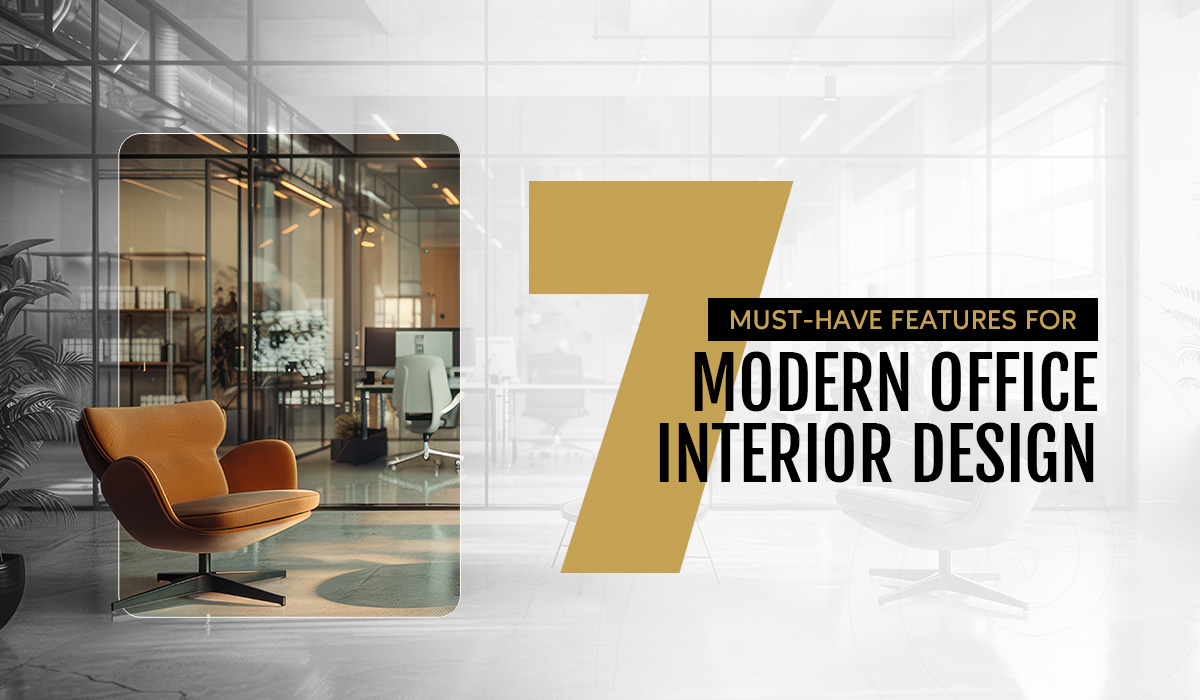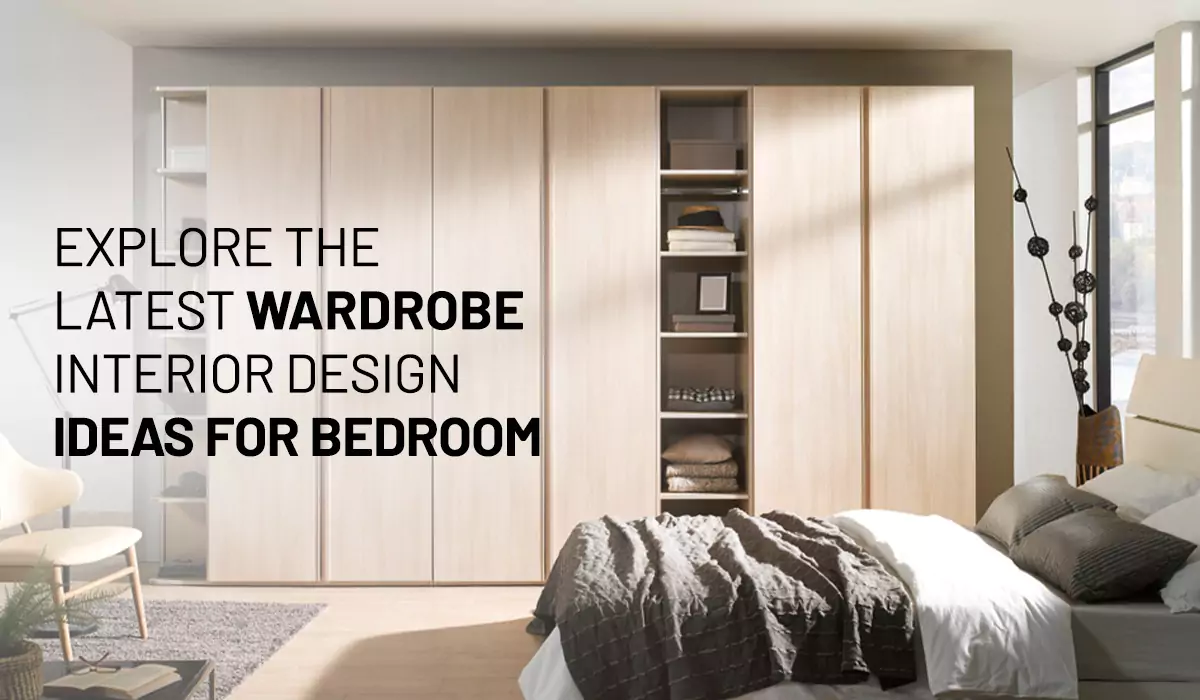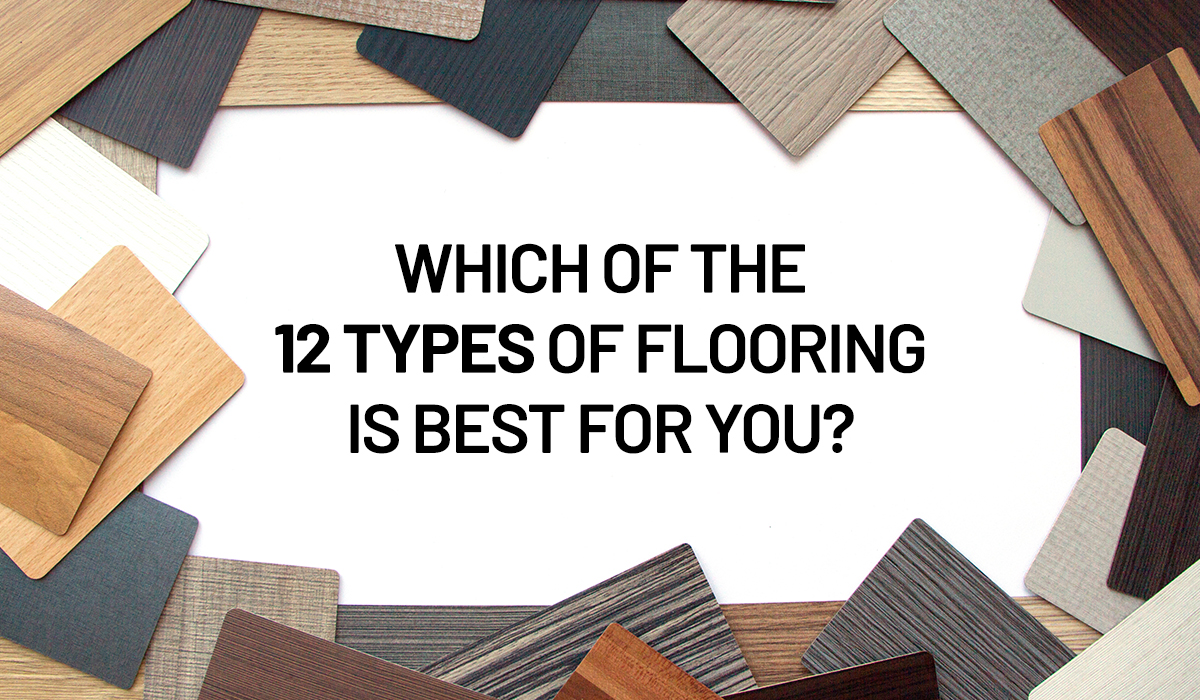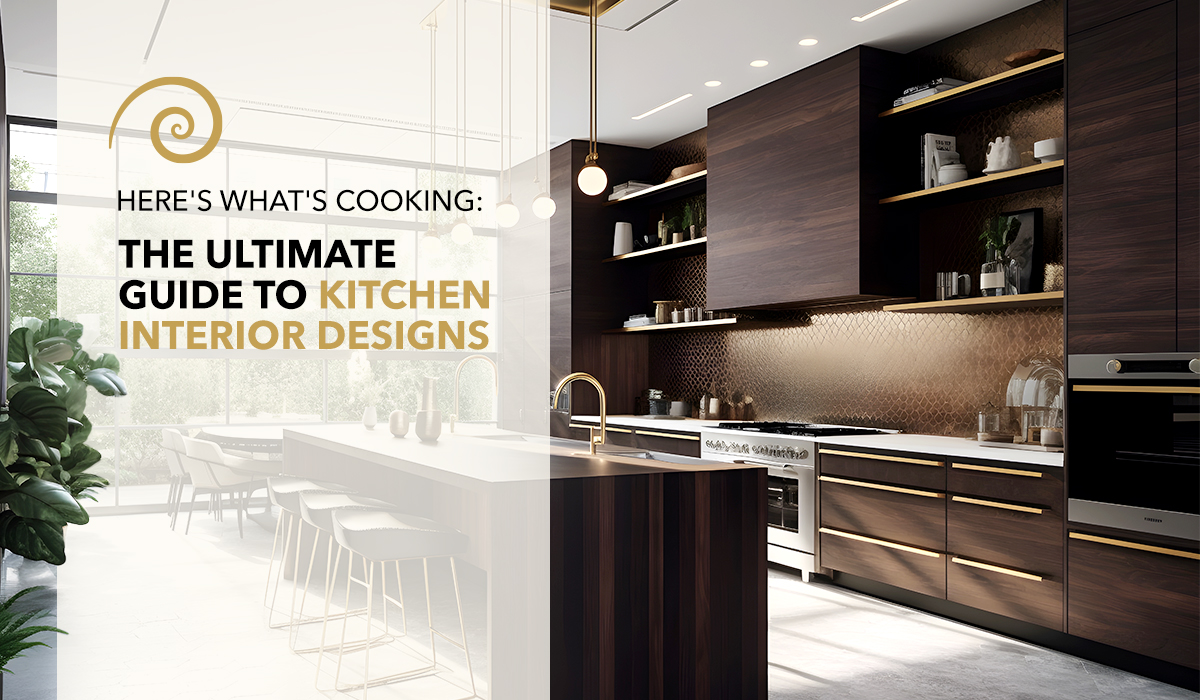Discover the top interior space planning mistakes and expert solutions....
Read full blogInterius Blogs
The Influence of Color Psychology in Interior Design
Learn how color psychology in interior design influences mood, productivity,...
Read full blogUltimate Guide to Modern TV Unit Designs for Living Room
Discover perfect modern TV unit designs for living room spaces....
Read full blog7 Must-Have Features for Modern Office Interior Design
Discover the top 7 must-have features for modern office interior...
Read full blogWhat to Expect When You Hire an Interior Designer in Hyderabad
Discover what to expect when you hire an interior designer...
Read full blogInnovative Interior Wall Cladding Applications in Modern Interiors
Discover Innovative Interior Wall Cladding Applications in Modern Interiors! Explore...
Read full blogDifferent Types of Paint for Walls to Elevate Home Interiors
Discover the different types of paint for walls to elevate...
Read full blog8 Ways to Arrange Your Living Room Furniture for Easier Flow
Discover 8 expert tips to arrange your living room furniture...
Read full blogHow Store Lighting Design Impacts Customer Experience
Discover how effective store lighting improves the customer experience. Learn...
Read full blogThe Best Types of Kitchen Cabinets to Fit Any Budget
In many ways, types of kitchen cabinets form the most...
Read full blogUltimate Guide to DIY Bedroom Makeover Ideas for Modern Look
Do you want to give your bedroom that new sensuous...
Read full blogTop 10 Small Home Office Design Ideas for Creative Workspace
As of today, working from home and home-based businesses have...
Read full blogAll You Need to Know About the Best Indoor Plants in India
Indoor plants can make any office or home look fresh...
Read full blogWall Plates Decor Is The Next Interior Home Decor Trend
In the ever-changing world of interior design, new trends emerge...
Read full blogFrom Rough To Smooth: Explore Textures In Interior Design
In order to create environments that are both aesthetically pleasing...
Read full blogClutter Up Your Kitchen with These Kitchen Organization Ideas
A clutter-free kitchen not only enhances the aesthetic appeal but...
Read full blog7 Interior Design Elements to Check Before Designing
Designing an interior space is an exciting venture that can...
Read full blogHow to Set Up Shop Interior Design to Boost In-store Sales?
The look of your store inside is important for getting...
Read full blogWhat is a False Ceiling and Benefits of False Ceiling
False ceilings are a popular feature in modern interior design,...
Read full blogEntrance Foyer Design Ideas to Make Your Home Stand Out
Your home's entryway and foyer set the tone for what's...
Read full blog24 Prominent Types of Interior Design Styles to Watch in 2024
As we step into 2024, the world of interior design...
Read full blogHow to Create Modular Kitchen Design for Small Kitchen
Are you tired of feeling cramped in your small kitchen?...
Read full blogExplore the Latest Wardrobe Interior Design Ideas for Bedroom
Are you seeking to revitalize your bedroom’s ambiance with innovative...
Read full blogWhich of the 12 types of flooring is best for you?
When considering different types of flooring, it's crucial to explore...
Read full blogWhat is an Architect? Learn more about what architects do
Architecture is more than just construction; It is an expression...
Read full blogKitchen Tiles Types Designed for Indian Modular Kitchen
In the realm of interior design, a kitchen holds a...
Read full blogBright Ideas To Liven Up Your Home: A Home Lighting Design Guide
When it comes to home design, lighting plays an important...
Read full blog10 Must-have Small Home Decor Items to Transform Your Space
It's not always necessary to conduct a complete remodel to...
Read full blogHow Interior Landscaping Designs Enhance Your Indoor Space?
In today's fast-paced world, it is crucial to prioritize the...
Read full blogRevolutionizing Interior Decoration: Impact of AI Interior Design
In the ever-evolving world of home design, the integration of...
Read full blog9 Modern Bathroom Design Ideas for a Spacious Feel
In the realm of contemporary living, the bathroom has evolved...
Read full blogComprehensive Guide to Hire India’s Best Interior Designers
In the dynamic and culturally diverse landscape of India, interior...
Read full blogRevamp Your Space with Latest Interior Design Trends of 2023
As we step into a new year, it's time to...
Read full blogUnlocking the Magic of Creative Interior Painting Ideas
Your home is more than just walls and a roof;...
Read full blogSpace Saving furniture Ideas to Make Your Home Efficient
In the era of urbanization and limited living spaces, the...
Read full blogThe Impact of Furniture for a Harmonious Space
Furniture design plays a pivotal role in shaping the aesthetics...
Read full blog10 Budget-Friendly Living Room Decorating Ideas for a Serene Lifestyle
Creating a beautiful living room does not have to cost...
Read full blogThe Do’s and Don’ts of Simple Bedroom Interior Design
Creating a simple yet inviting bedroom is the key to...
Read full blogThe Ultimate Guide to Home Interior Design Ideas in 2023
You're ready for a change. The same four walls and...
Read full blogLet’s Work It Out: Shaping Productive Workspaces
A workplace is the second space where we spend the...
Read full blogHere’s What’s Cooking: The Ultimate Guide To Kitchen Interior Designs
The space where flavours blend to give finger-licking delicacies needs...
Read full blogTotal Home Interiors For Apartments
Once you have bought the apartment of your choice, you...
Read full blogThe Interius Experience: What Makes Us The Right Choice For Your Space
Finally, the wait for your dream home is over! What...
Read full blog